How to Fix amdppm.sys Blue Screen of Death Issue in Windows?
When you encounter a Blue Screen of Death related to amdppm.sys, your PC stops working and crashes, leading to the loss of current work and typically displaying an error message ‘KMODE_EXCEPTION_NOT_HANDLED‘. The Amdppm.sys file is known as the AMD Primary Processor Module, which is part of the Windows operating system and associated with the management of power in AMD processors.
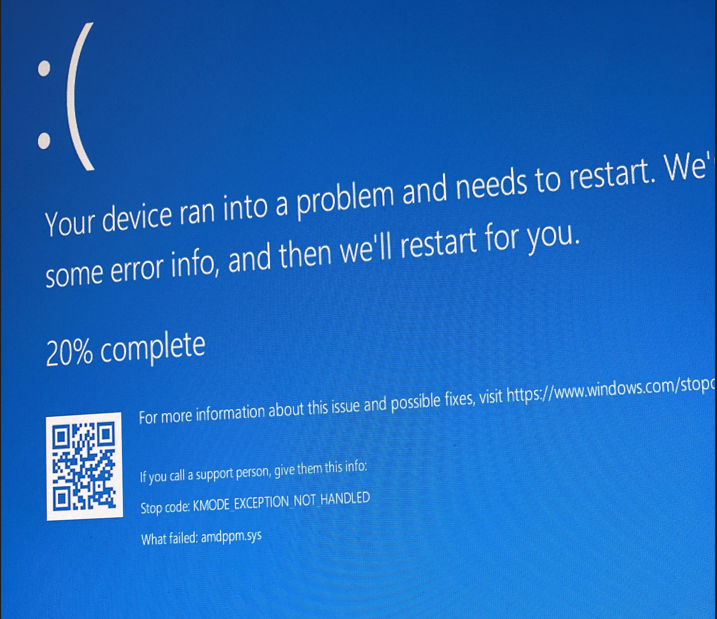
The most common cause of the amdppm.sys error appears to be driver conflicts or outdated firmware. Users often report this issue after upgrading to a newer version of Windows, indicating potential compatibility problems. Additional factors might include corrupted system files or hardware malfunctions, particularly related to the CPU or its power management features.
In this article, we will discuss several methods to solve this issue.
1. Run SFC and DISM
Running SFC (System File Checker) and DISM (Deployment Image Servicing and Management) scans can resolve the Blue Screen of Death issue by repairing any damaged or missing system files that are essential for Windows to operate correctly. SFC checks the integrity of these files and repairs them if necessary, while DISM ensures the repair process has the required data from a healthy Windows image. This can help eliminate system-related causes of the error.
- Open the Search menu, type cmd, and open the Command Prompt as an Administrator.
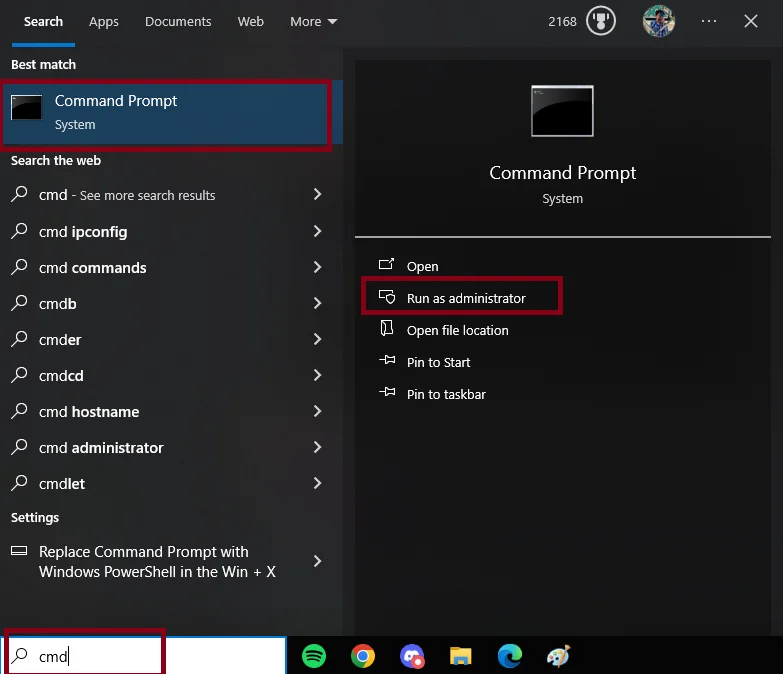
- Enter the following commands:
sfc /scannow Dism /Online /Cleanup-Image /RestoreHealth
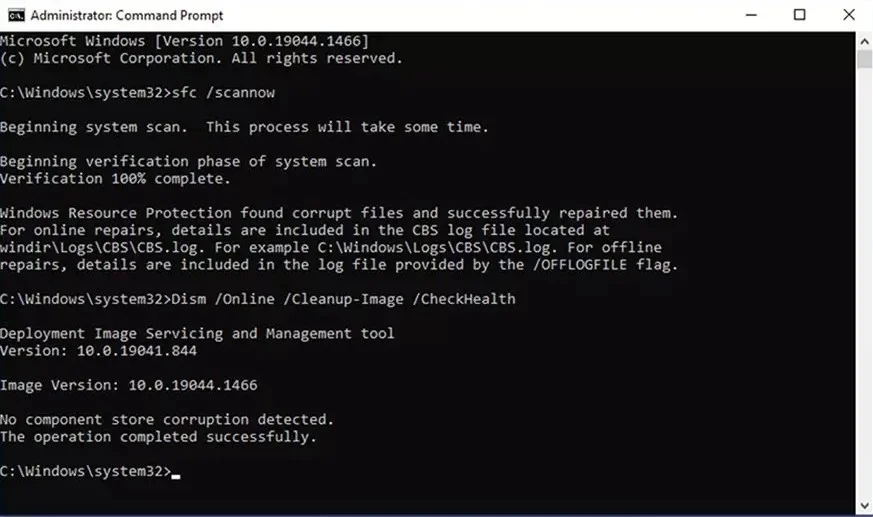
- After completing the scans, restart your PC.
2. Update your System Drivers
Outdated or corrupt drivers can lead to conflicts and system crashes. By updating, you’re ensuring compatibility, eliminating any corruption or misconfigurations that might have caused the Blue Screen of Death.
- Click on the Search bar and type Device Manager and open it.
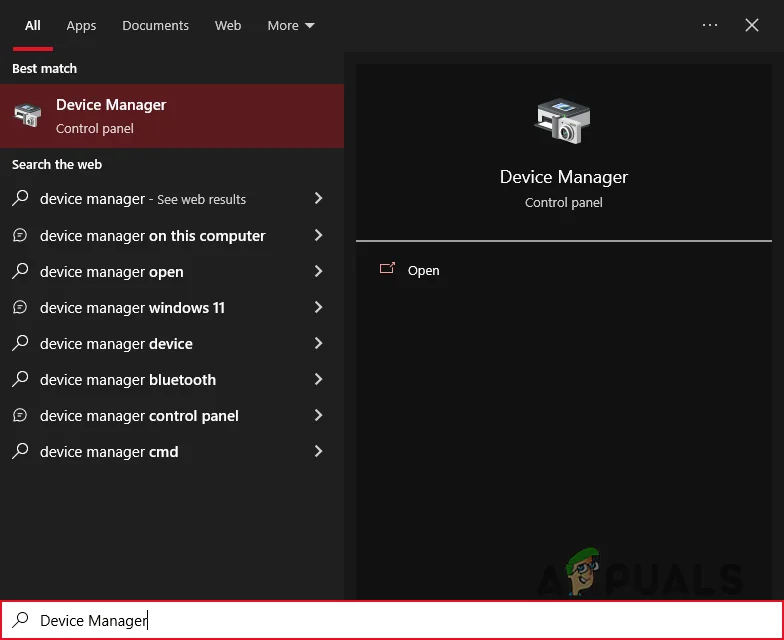
- Right-click on each device and choose Update Driver.
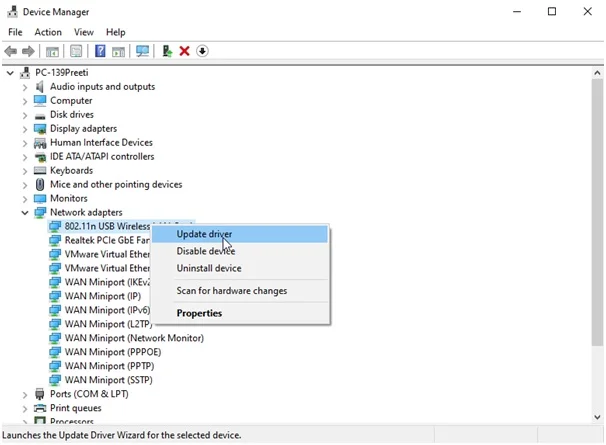
Third-party driver updater tools are also available to update the drivers. For more information, see our detailed article on Best Driver Updater.
3. Change Power Settings
Adjusting the power settings can resolve the amdppm.sys Blue Screen of Death by ensuring the CPU receives adequate power to function optimally. Insufficient power may lower the processor’s performance, leading to system instability and crashes. By increasing the processor’s power usage settings, you allow it to maintain stable operation, reducing the likelihood of encountering the error.
- Press the Search box and search Edit Power Plan and open it.
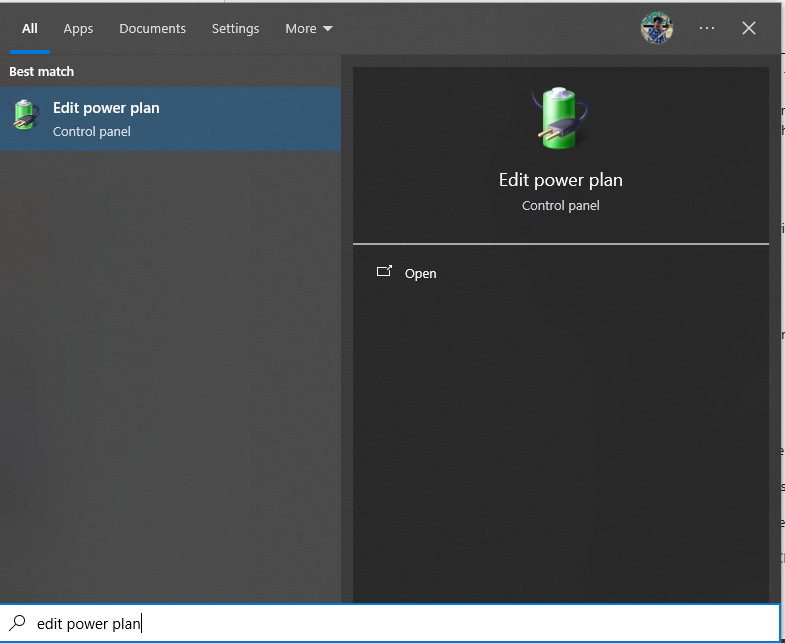
- Select Change advanced power settings.
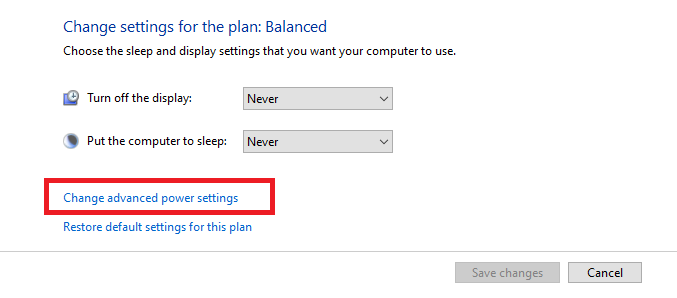
- Go to Processor Power management.
- Adjust the minimum processor state to 95% and the maximum processor state to 95%.
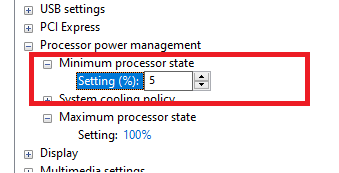
- Hit Apply and click OK.

4. Enable Virtualization
Enabling virtualization can resolve the amdppm.sys Blue Screen issue by allowing proper utilization of hardware resources for virtualization tasks and improving system stability. When using applications like Android emulators, which rely on virtualization technology, turning this feature on can prevent conflicts that may lead to system crashes.
- Open the Search menu, type cmd, and open the Command Prompt as an Administrator.
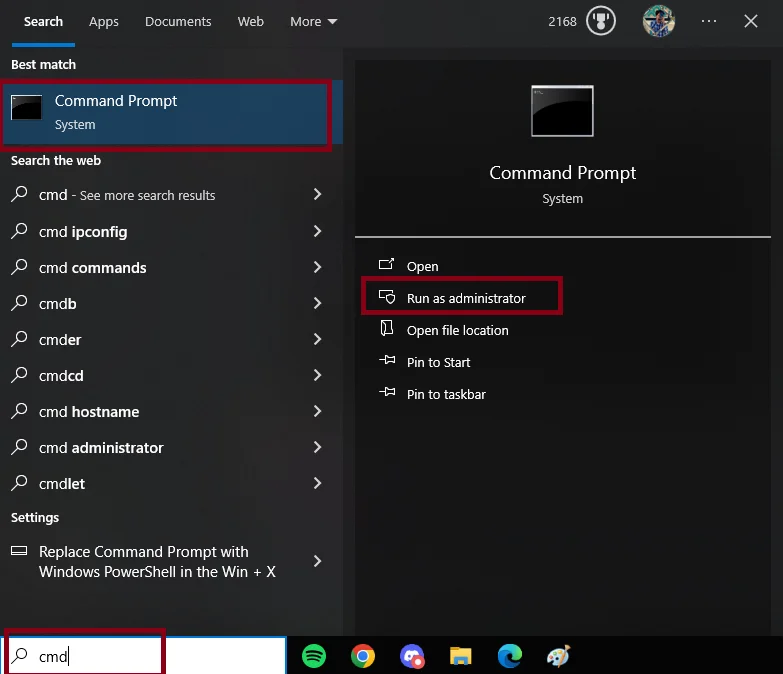
- Enter the following command to activate virtualization:
dism.exe /Online /Enable-Feature:Microsoft-Hyper-V /All

- Restart your PC.
5. Reinstall Windows
If other solutions fail, consider reinstalling Windows. Reinstalling Windows resets the system to its original state by erasing existing data and software, which can eliminate any software or settings conflicts that may be causing the amdppm.sys error. This fresh start often resolves hard-to-trace issues tied to system files and configurations.
For instructions on how to perform a clean Windows installation, check our guide here.





